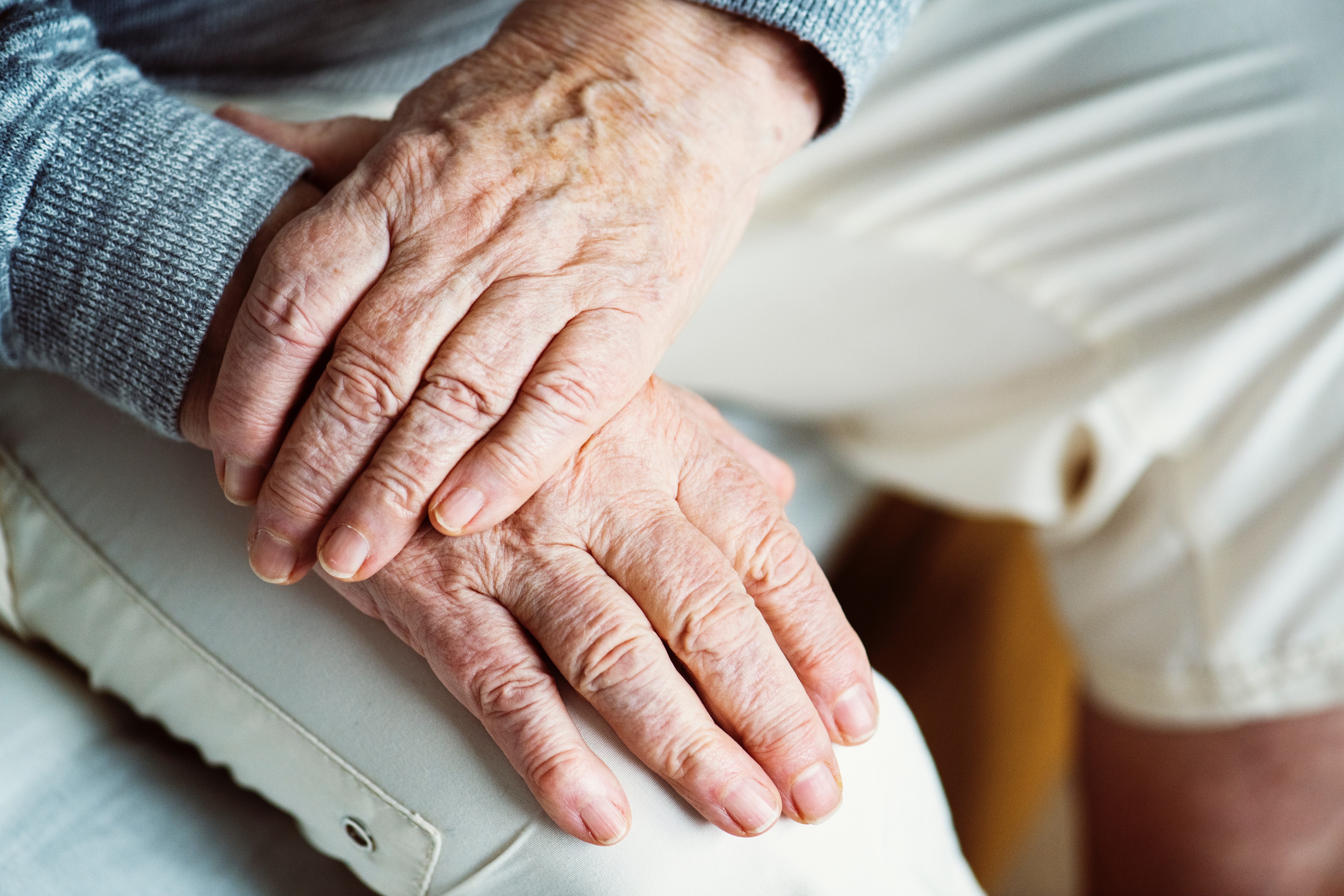The Dangers of Abandoning the Terminally Ill in Suicide Prevention
Originally published at First ThingsHave you noticed that suicide prevention campaigns these days don’t mention assisted suicide? Perhaps they don’t want to court controversy, or perhaps organizers have swallowed the notion that the suicide of the terminally ill isn’t really suicide—it’s “death with dignity.” Whatever the reason, this crucial lapse of proffered care illustrates how our society is less concerned about the suicides of terminally ill people than about the suicides of people who choose to die for other reasons.
This is wrong. Excluding the terminally ill from suicide prevention campaigns is discrimination and a form of abandonment. Dying isn’t the same as being dead; it is a stage, albeit a difficult stage, of living. But other times in our lives can be just as difficult, or even more so—for instance, the experience of losing a child. One of the points of suicide prevention is to help people in emotionally or physically excruciating circumstances to make it through the darkness. That should include the process of dying. Indeed, suicide prevention is supposed to be as much a part of hospice care as pain control.
Excluding the terminally ill from suicide prevention services is cruelly misguided, even in states where assisted suicide for such patients is legal. Here’s why:
Sometimes people diagnosed with terminal illnesses don’t die as or when expected, and if we abandon them to assisted suicide, we will never know whether they would have lived months or even years longer. The humorist Art Buchwald was one such person. He went into hospice for kidney failure, expecting to be dead within six months—the usual criterion for hospice and to qualify for assisted suicide where it is legal. But Buchwald didn’t die as doctors had predicted; in fact, he left hospice to write his last book before finally succumbing to death.
Patients who are terminally ill and want to commit suicide often change their minds—just like other suicidal people. Studies show this repeatedly.
When society supports the terminally ill in committing suicide—by not engaging in suicide prevention for them as we do for other categories of suicidal people, and by legalizing access to lethal means—it sends the insidious message that the lives of the dying are less important and less worth protecting than are those of the healthy, and even that their families (and society) may be better off if they die sooner rather than later. I know the pain that assisted-suicide advocacy can cause the terminally ill; I hear from such wounded people often.
Facilitating the suicides of patients in hospice completely subverts the hospice philosophy, which was established by the great medical humanitarian, Dame Cecily Saunders. Saunders once told me, in an interview for my book Culture of Death, that approving of assisted suicides for the terminally ill infringes on their inherent human dignity.
Once we accept the principle that we can ethically establish a dual standard of care in response to suicide ideation—prevention for most but facilitation for the terminally ill—there is no reason to believe that the category for legalized assistance won’t expand exponentially. After all, the point of assisted suicide is to prevent suffering, and many physically healthy people suffer more painfully and for far longer than do the dying.
The philosophical foundations for such a future expansion are already being laid. A disturbing article published in JAMA Internal Medicine propounded a “worse than death” category to measure patient suffering in the context of making treatment decisions for hospitalized patients. The authors asked hospitalized patients to rate conditions—which they were not then experiencing—on a sliding scale, ranging from “worse than death, neither better nor worse than death, a little better than death, somewhat better than death, or much better than death.” An alarmingly high number of responses found that conditions commonly experienced by the elderly and disabled are “worse than death.” From “States Worse Than Death in Hospitalized Patients”:
Patients displayed considerable heterogeneity in their ratings of health states relative to death … but significant percentages of patients rated each evaluated state of serious functional debility as equal to or worse than death. For example, a majority of respondents considered bowel and bladder incontinence (124 [68.9%]), requiring a breathing tube to live (121 [67.2%]), relying on a feeding tube to live (100 [55.6%]), and needing care from others all the time (97 [53.9%]) as health states the same or worse than death.
Think about this: Millions of people who experience incontinence and use feeding or breathing tubes live very fulfilling lives. But this study finds that their existences that are considered by most to be “worse than death.”
Should the “worse than death” meme ever be accepted by society, or adopted into the standard-of-care guidelines established by healthcare technocrats, or implemented under Obamacare cost/benefit insurance coverage guidelines, then expanding access to assisted suicide to—and even rationing the healthcare of—such patients is an imminent possibility. The parameters of compassion and of suicide-prevention campaigns will also continue to constrict, pushing out the most vulnerable.
